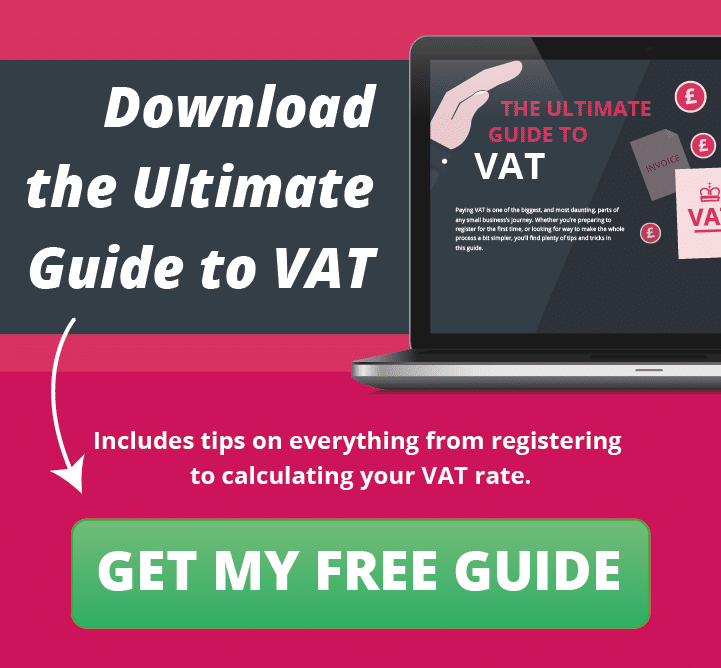Employment Allowance
Employment allowance grants employers up to £3,000 per year off their secondary Class 1 National Insurance bill.
The allowance is taken off your National Insurance Contributions (NICs) until the £3,000 has gone or the tax year ends – whichever comes first.
Can I claim Employment Allowance?
Most businesses and charities, including community amateur sports clubs, can claim employer allowance when paying Class 1 National Insurance. Care and support workers are also eligible.
You won’t be able to claim if:
- You’re the director and only employee paid above the Secondary Threshold.
- You employ someone for personal, household or domestic work unless they’re a carer or support worker as mentioned above.
- Your business does more than half of your work in the public sector (unless you’re a charity).
- You’re a service company and work under IR35 rules, and the earnings of the intermediary are your only source of income.
There are also restrictions if you have more than one employer PAYE reference. In this instance, you can only claim employment allowance against one PAYE reference.
Similarly, only one company or charity can claim employment allowance if they are part of a group.
In both of these cases, it’s best that you choose a business or PAYE scheme that’s likely to use up most (or all) of the allowance.
How to claim employment allowance
You can only claim the allowance against Class 1 National Insurance. You can claim up to £3,000 each tax year, though you can still get this employer’s allowance even if you pay less than £3,000 per year.
You can claim employment allowance at any point in the tax year. To claim Employment Allowance, you’ll simply have to tick “Yes” in the “Employment Allowance Indicator” field in KashFlow next time you send an Employment Payment Summary (EPS) form to HMRC.
You can start claiming at any point in the year. If you claim employment allowance late in the tax year, you can:
- Use it against the Class 1 National Insurance you’ve paid.
- Use any unclaimed allowance to pay tax or NICs owed at the end of the year (if you don’t owe anything on PAYE, you can use it on VAT or Corporation Tax).
- Get a refund after the end of the year if you don’t owe anything.
Claim employment allowance from previous years
You can claim an allowance of £2,000 for a previous tax year, up to 4 years after the end of that tax year. To do this, you have to submit a separate EPS for each year you wish to claim back. This EPS won’t need to include any EPS figures you’ve previously reported.
Stopping your employment allowance claim
If you’re no longer entitled to employment allowance, just tick “No” in the “Employment Allowance Indicator” field of your next EPS.
You don’t need to do this if you reach the £3,000 limit before the tax year ends.
If you stop employing people, then just wait until the next tax year before selecting no.
Claimed employment allowance in error
If you’ve claimed employment allowance in error, then your employer NICs may be wrongly offset by the allowance. If this is the case, then you’ll have to repay the allowance you wrongly claimed.
If you’re unsure of whether you need to repay, you can call HM Revenue and Customs on 0300 200 3500.
Employer allowance record keeping
As with most financial documents, you’re legally obliged to keep any records for at least 3 years after the end of the related tax year.
Records relating to your allowance claim need to show:
- Why you were entitled to it
- How much was used or repaid
- What liabilities your allowance covered
Claiming employment allowance in KashFlow
If you’re eligible, then you can check that you are claiming Employment Allowance, go to Company, Setup Details, Government and ensure the Employment Allowance box is selected. If this is not the case, then you may receive an underpayment notification from HMRC.
For a pressure-free PAYE system, take a look at KashFlow Payroll Software – which streamlines and simplifies all payroll for small businesses. Start a free trial or book a demo to see how it works.

